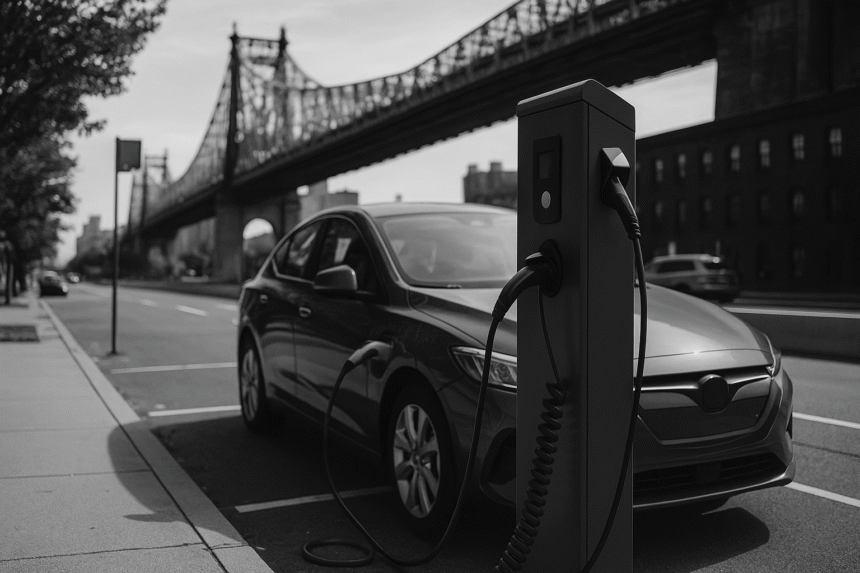Public-Private Partnerships (PPPs) are gaining momentum in the electric vehicle (EV) sector — but getting them right can be complex. If you’re a business leader, investor, or government consultant looking to set up EV charging networks, the stakes are high. Done well, a Public-Private Partnership for EV Infrastructure can fast-track rollout, share risks fairly, and attract long-term capital. Done poorly, it can lead to disputes, delays, and stranded infrastructure.
This guide will walk you through how to structure a Public-Private Partnership for EV Infrastructure with practical steps, legal insights, and a real-world case example.
Who This Guide Is For
This article is for:
-
Private operators or startups looking to collaborate with governments on EV rollout.
-
Government bodies planning to engage the private sector for EV infrastructure.
-
Legal consultants advising on structuring or risk allocation in Public-Private Partnerships for EV Infrastructure.
-
Infrastructure investors and energy consultants.
If you’re navigating regulatory hurdles, contract negotiations, or long-term investment models, this guide is for you.
Step-by-Step: How to Structure a Public-Private Partnership for EV Infrastructure
Step 1: Define Clear Roles for Public and Private Partners
Why it matters:
Clarity on who does what — from site provision to operation and maintenance — is the backbone of a successful Public-Private Partnership for EV Infrastructure.
How to do it:
-
Public partner usually provides land access, regulatory support, and sometimes co-funding.
-
Private partner brings tech, operations, financing, and rollout capabilities.
-
Clearly separate “responsibilities” (e.g., permitting) and “risks” (e.g., demand fluctuation).
Tip: Use a Responsibility Matrix early in your MoU discussions to ensure clarity in the Public-Private Partnership for EV Infrastructure.
Step 2: Choose the Right PPP Model for EV Infrastructure
Why it matters:
The structure defines how revenue, risk, and control are shared.
Options:
- Build-Operate-Transfer (BOT): Private entity builds and operates for X years, then hands over to public partner.
- Design-Build-Finance-Operate (DBFO): Private sector handles everything; used for complex or cross-border EV corridors.
- Lease-Develop-Operate (LDO): Government leases land; private partner handles all else.
Tip: For EV charging, BOT and DBFO are most common models for Public-Private Partnerships for EV Infrastructure.
Step 3: Secure Land Access and Utility Approvals Early
Why it matters:
No land = no chargers. Delays here can stall everything.
What to do:
- Ensure the public partner helps with land clearance and licensing.
- Pre-agree on metering, grid connection specs, and power tariffs with the utility.
Common mistake: Assuming utility permissions are included in government support — they’re often separate.
Step 4: Build a Bankable Revenue Model for Your Public-Private Partnership
Why it matters:
Investors won’t commit unless returns are predictable.
How to structure it:
- Agree on revenue streams: user tariffs, government subsidies, carbon credits, advertising.
- Forecast demand realistically (avoid overpromising EV adoption).
- Include performance-based incentives and penalties.
Legal tip: Make the tariff structure adjustable via contract amendment triggers (e.g., inflation, policy changes).
Step 5: Use a Detailed Concession Agreement
Why it matters:
This contract is your rulebook for the next 10–25 years.
Must-haves:
-
Scope of work, milestones, and penalties.
-
Ownership of assets during/after the term.
-
Termination clauses and force majeure.
-
Dispute resolution mechanism (usually arbitration).
Tip: Mirror the structure of a FIDIC Silver Book or similar long-term PPP template for infrastructure.
Step 6: Address Long-Term Maintenance and Upgrade Obligations
Why it matters:
EV infrastructure must adapt to tech evolution and growing demand.
How to plan:
-
Include clauses for tech upgrades every 5–7 years.
-
Specify who pays for software updates, replacement of obsolete parts, etc.
-
Build a sinking fund or O&M budget reserve into your model.
Step 7: Align Regulatory and Policy Risks
Why it matters:
EV policies shift fast — especially in emerging markets. Properly managing regulatory risks is critical.
Best practices:
-
Include stabilization clauses for regulatory changes.
-
Add renegotiation triggers for major policy shifts.
-
Use international arbitration as a fallback in politically risky jurisdictions.
Mini Case Study: Gulf State EV Corridor PPP
A private consortium in the Gulf region partnered with a national ministry to deploy 500 fast-charging stations across highways and malls. The public partner offered:
-
Land permits.
-
A 10-year revenue-sharing concession.
-
Branding rights for local incentives.
The private partner:
-
Funded and installed chargers.
-
Used a DBFO model with revenue from charging, in-app services, and government subsidies.
Result:
The project reached operational break-even in 18 months and is now being expanded to neighboring countries with similar Public-Private Partnership for EV Infrastructure templates.
Summary Checklist for a Public-Private Partnership for EV Infrastructure
-
Define roles and responsibilities early.
-
Select a suitable PPP model (BOT, DBFO, etc.).
-
Secure land and grid access at the start.
-
Build a bankable, diversified revenue model.
-
Draft a detailed, long-term concession agreement.
-
Plan for upgrades and maintenance in the contract.
-
Include stabilization and arbitration clauses for policy risk.
Final Thoughts: Don’t Reinvent the Wheel
Structuring a Public-Private Partnership for EV Infrastructure doesn’t require starting from scratch — but it does demand precision. Aligning legal, commercial, and operational details from day one will save years of frustration.
Need help drafting a Public-Private Partnership for EV Infrastructure agreement or reviewing a concession model? Book a consultation or download our [EV PPP Contract Checklist].



Leave a Reply